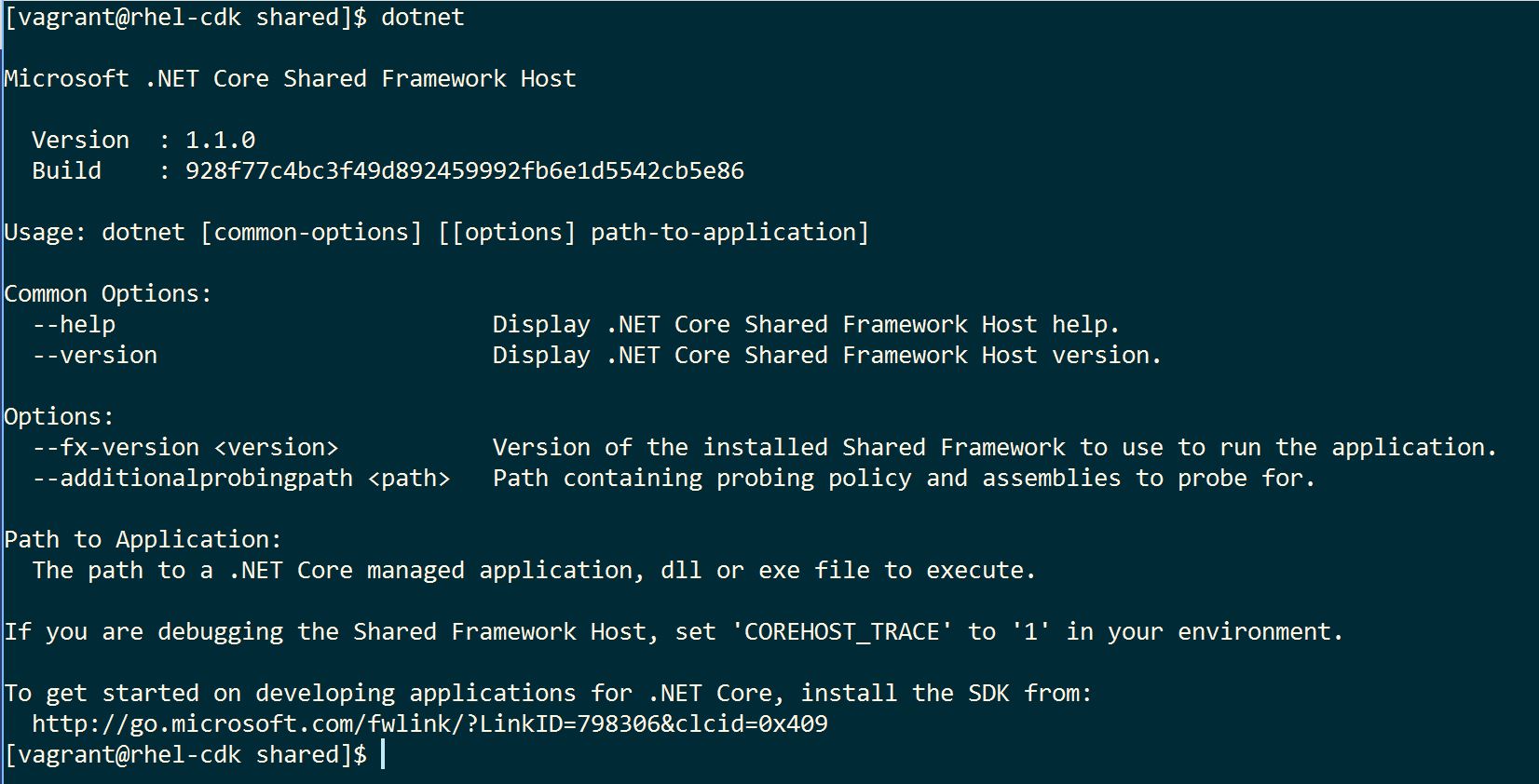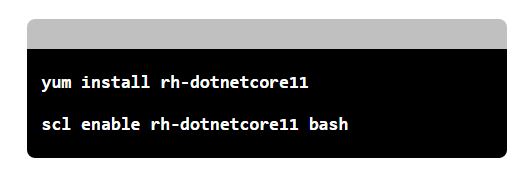Version One Point What?
Ever wonder what version of .NET Core you are running?
Well, that’s simple enough to figure out; simply drop to the command line and type dotnet. You'll see something like this:

Okay, I have version 1.1.0 installed easy enough. Another way to show this is to type, dotnet --version and see something like this:

Wait … what? “Preview”? But I didn’t download a preview. A quick check at the download page on the web proves that I asked for, and got, version 1.1.0:

So Many Versions, So Little Time
Turns out, there are several pieces to the .NET Core SDK, each having it’s own version. For example, a recent RC4 release contained:
| Component | Version |
| .NET CLI | 1-0-0-rc4-004771 |
| Runtime | 1.0.3 |
| Runtime | 1.1.0 |
| Host | 1.0.1 |
Note: Host contains the dotnet binary and the policy files. The CLI contains a version of MSBuild, a version of the Core SDK, and more.
The Takeaway
The important thing is not to have all this information memorized. Rather, it’s important because if you are working in a dual- (or more) OS environment (e.g. Windows and Linux), you want to make sure you are using the same versions on all operating systems. This helps prevent errors when building or compiling code across OS lines.
Now if someone would build a tool to compare two systems … hmmm … :)
Related
https://learn.microsoft.com/en-us/dotnet/core/versions/
For additional information and articles on .NET Core visit our .NET Core web page for more on this topic.
